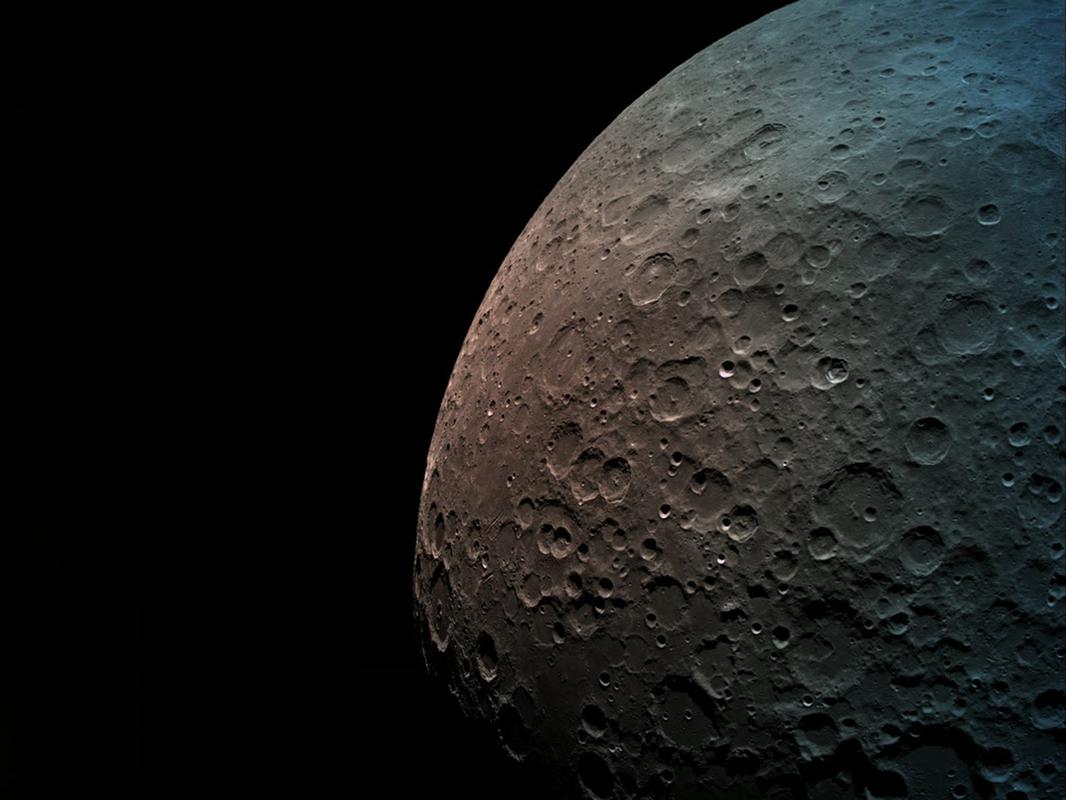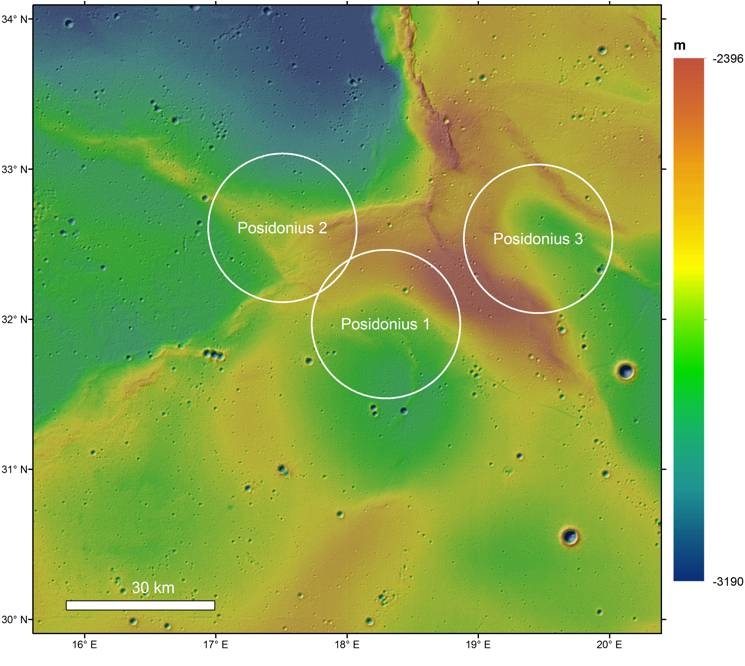
Israeli Moon Lander Poised for Lunar Touchdown Thursday
If Beresheet succeeds, Israel will join an exclusive moon-landing club.

Israel's robotic Beresheet moon lander is nearing its moment of truth: an epic lunar-touchdown attempt scheduled to occur between 3 p.m. and 4 p.m. EDT (1900 and 2000 GMT) on Thursday (April 11).
If Beresheet succeeds, Israel will become just the fourth nation to land a spacecraft softly on the moon, following the Soviet Union, the United States and China.
Beresheet is currently orbiting the moon and remains on an "excellent" track, said its operators, the nonprofit group SpaceIL and the company Israel Aerospace Industries (IAI).
Related: Israel's 1st Moon Lander Beresheet in Pictures
On Monday morning (April 8), the craft performed an engine burn to tighten its path around Earth's nearest neighbor. Over the next few days, additional maneuvers will turn the spacecraft's current elliptic orbit into a circular orbit 125 miles (200 kilometers) away from the lunar surface.
From that path, Beresheet will then make its way down to the surface.
Projected landing site
The lander will touch down within Mare Serenitatis, on the northern hemisphere of the moon's near side. The target region is located in the northeastern part of Mare Serenitatis, west of the main Posidonius Crater. This area harbors three possible landing sites: a primary site and two backups.
Get the Space.com Newsletter
Breaking space news, the latest updates on rocket launches, skywatching events and more!
In addition to a suite of cameras, the mission has integrated a scientific payload consisting of a small Lunar Retroreflector Array (LRA) provided by NASA's Goddard Space Flight Center, said team member Oded Aharonson, of the Weizmann Institute of Science in Israel. Beresheet also has a magnetometer, provided by the University of California, Los Angeles, which will explore the region's magnetic anomalies.

Science mission
In a paper presented at the 50th Lunar and Planetary Science Conference (LPSC) last month, Aharonson and his colleagues spotlighted Beresheet's science mission. It will consist of detailed characterization of the landing site, measurement of crustal magnetic anomalies to narrow down their possible origin and the longevity of the lunar dynamo, and localization of the lander using ranging via the LRA.
"We plan to use these data to associate the anomalies with geologic features on the surface and thus probe the genesis of the remnant magnetization," the LPSC paper explained. "A relation between magnetization and local wrinkle ridges would be consistent with the hypothesis that the Serenitatis mare are uniformly magnetized with an intensity higher than typical Apollo mare basalts but only producing surface fields at physical breaks where the field lines can emerge due to edge effects."
The LRA, which is smaller than a computer mouse, is a technology demonstration that could enable more-precise landings on the moon and other celestial bodies in the future, mission team members have said.
- Israel's 1st Moon Lander: The SpaceIL Beresheet Lunar Mission in Pictures
- Why It Took Israel's Lunar Lander 8 Weeks to Get to the Moon
- Israeli Moon Lander Snaps Epic Space Selfie with a Full Earth
Leonard David wrote the forthcoming book "Moon Rush: The New Space Race," to be published by National Geographic in May 2019. A longtime writer for Space.com, David has been reporting on the space industry for more than five decades. Follow us on Twitter @Spacedotcom or Facebook.
Join our Space Forums to keep talking space on the latest missions, night sky and more! And if you have a news tip, correction or comment, let us know at: community@space.com.

Leonard David is an award-winning space journalist who has been reporting on space activities for more than 50 years. Currently writing as Space.com's Space Insider Columnist among his other projects, Leonard has authored numerous books on space exploration, Mars missions and more, with his latest being "Moon Rush: The New Space Race" published in 2019 by National Geographic. He also wrote "Mars: Our Future on the Red Planet" released in 2016 by National Geographic. Leonard has served as a correspondent for SpaceNews, Scientific American and Aerospace America for the AIAA. He has received many awards, including the first Ordway Award for Sustained Excellence in Spaceflight History in 2015 at the AAS Wernher von Braun Memorial Symposium. You can find out Leonard's latest project at his website and on Twitter.









